The interest experienced by de Chirico both in the culture of Italy and in the culture of Greece was determined by the very fact of his birth. The signs of
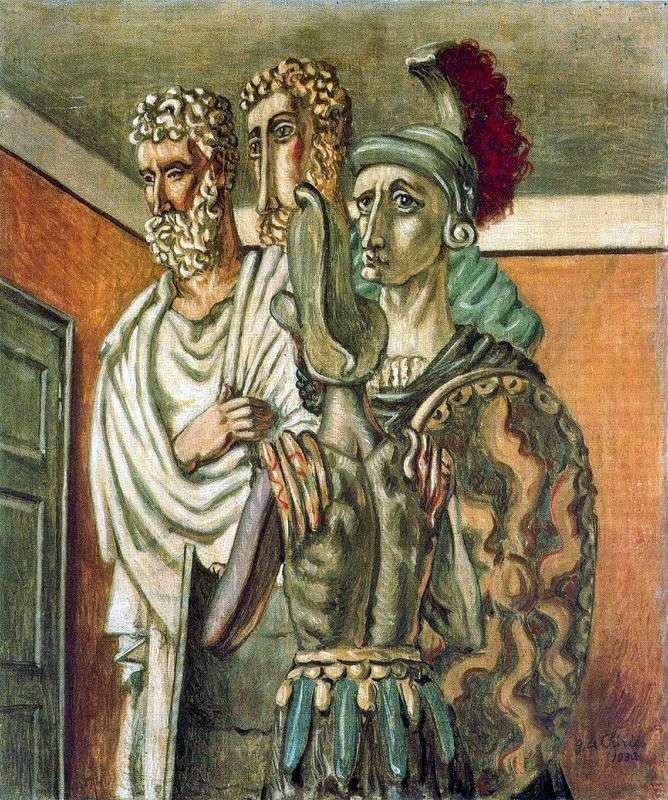

The interest experienced by de Chirico both in the culture of Italy and in the culture of Greece was determined by the very fact of his birth. The signs of
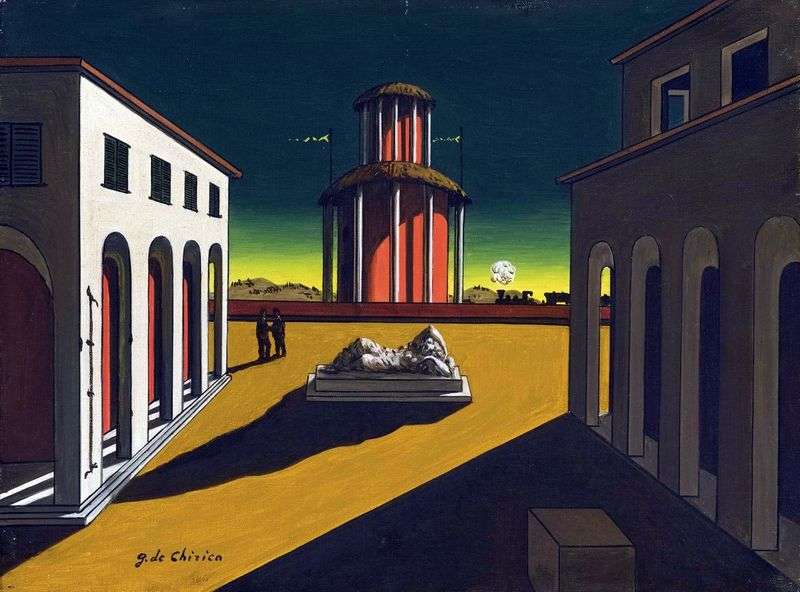
In 1912-1913, de Chirico created several canvases depicting typical Italian city squares. During this period, de Chirico tries to philosophically comprehend the surrounding reality, it is occupied by riddles, mysteries,
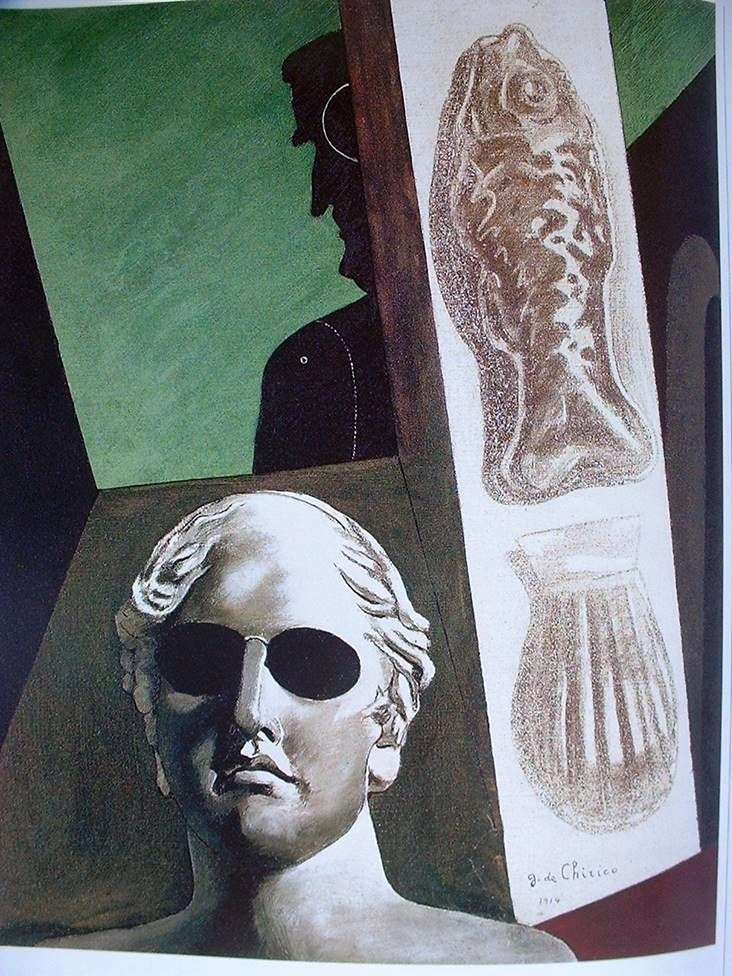
At the beginning of the 20th century, Apollinaire was perhaps the most influential supporter of innovative painting. De Chirico regularly attended the Sabbath meetings at Apollinaire’s apartment; thanks to the
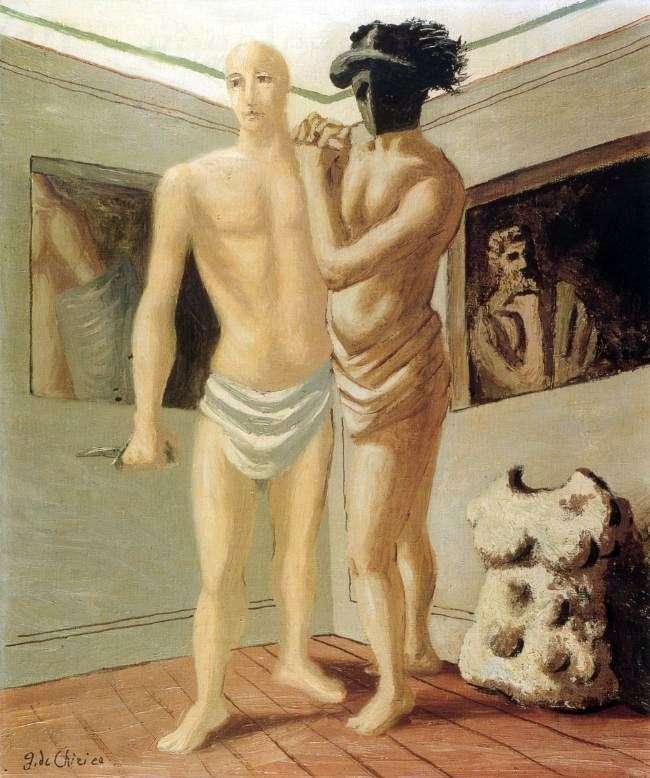
The painting “At the Gladiator School” was written in 1927. The figure of the philosopher in the picture on the wall on the right resembles his pose of “The Thinker”
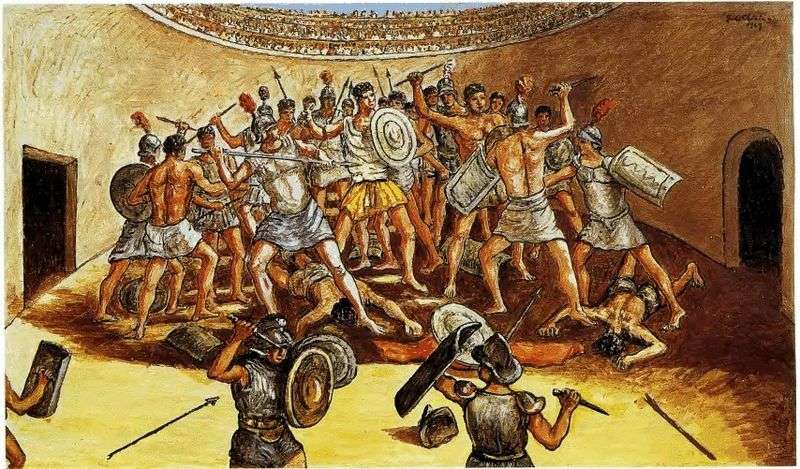
Twelve years later, working on the “Battle of the gladiators in the arena,” de Chirico is even more determined to realism. Natural colors make it believable to reproduce Roman historical
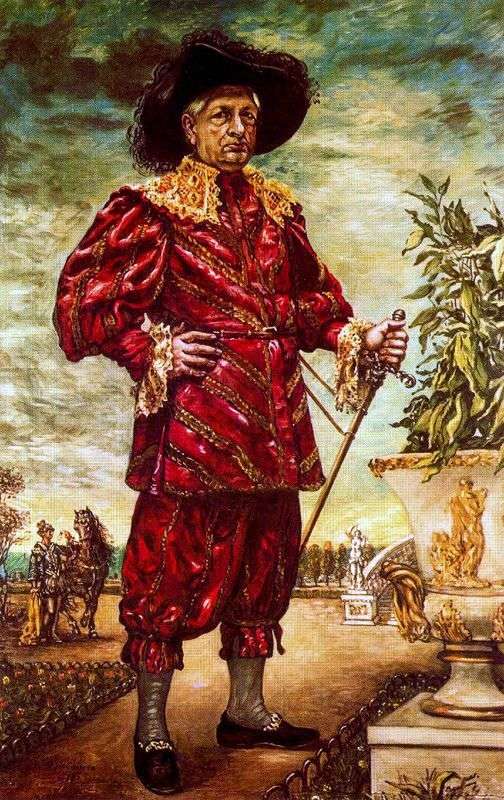
On the “Self-portrait in the Garden” the artist presented himself in a 17th-century costume. It stands in the Versailles garden, elegant and refined – a marble vase with gilding, a
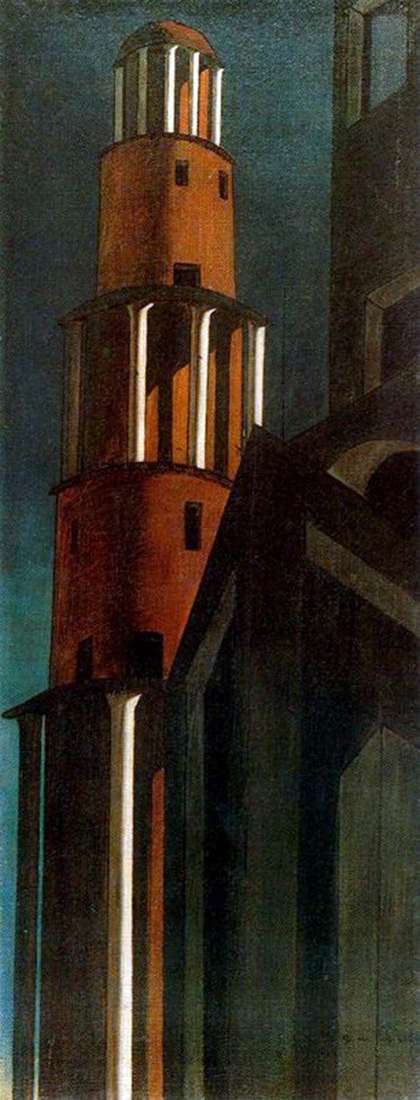
The tower, along with the arches and columns, is the favorite motif of de Chirico’s creativity, inspired by addictions to the ancient art and architecture. It was also the charm
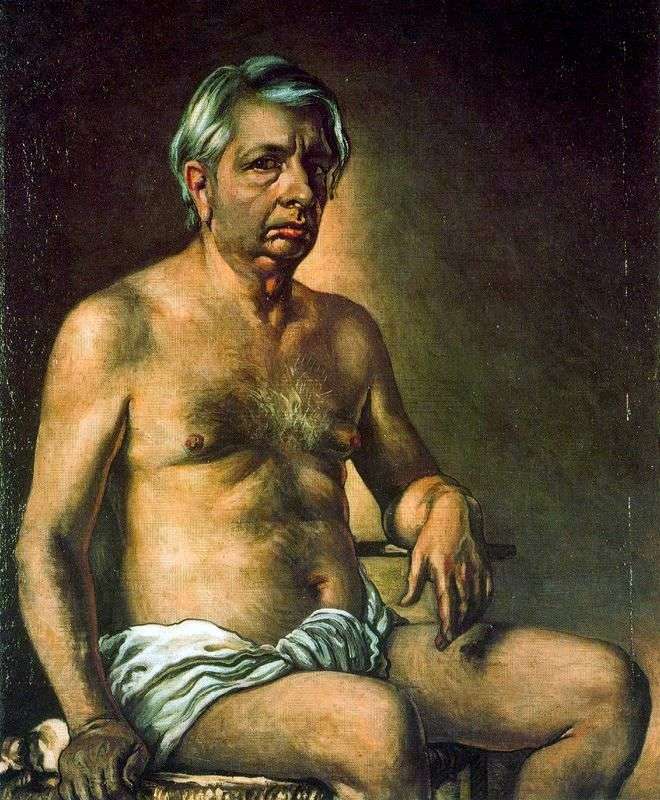
De Chirico painted several portraits of his second wife, Isabella, but, by and large, this genre was never particularly attracted to him. An exception to this rule was a series
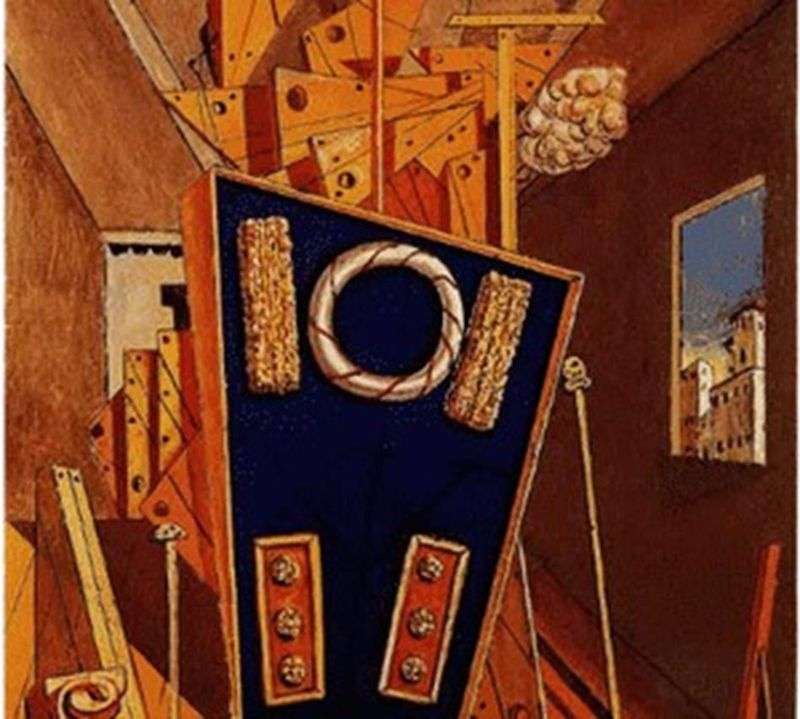
The composition of the “Metaphysical interior with a cookie” has lost its inherent atmosphere of confined space inherent in the early works of the master due to its placement in
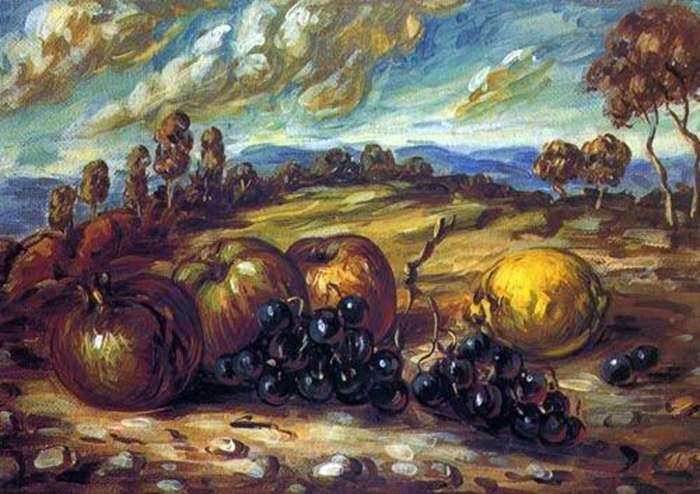
The paintings of de Chirico confuse even the modern spectator, experienced in artistic innovations. They surprise not only the mysteriousness of the positions, but also the frequent distortion of scale,
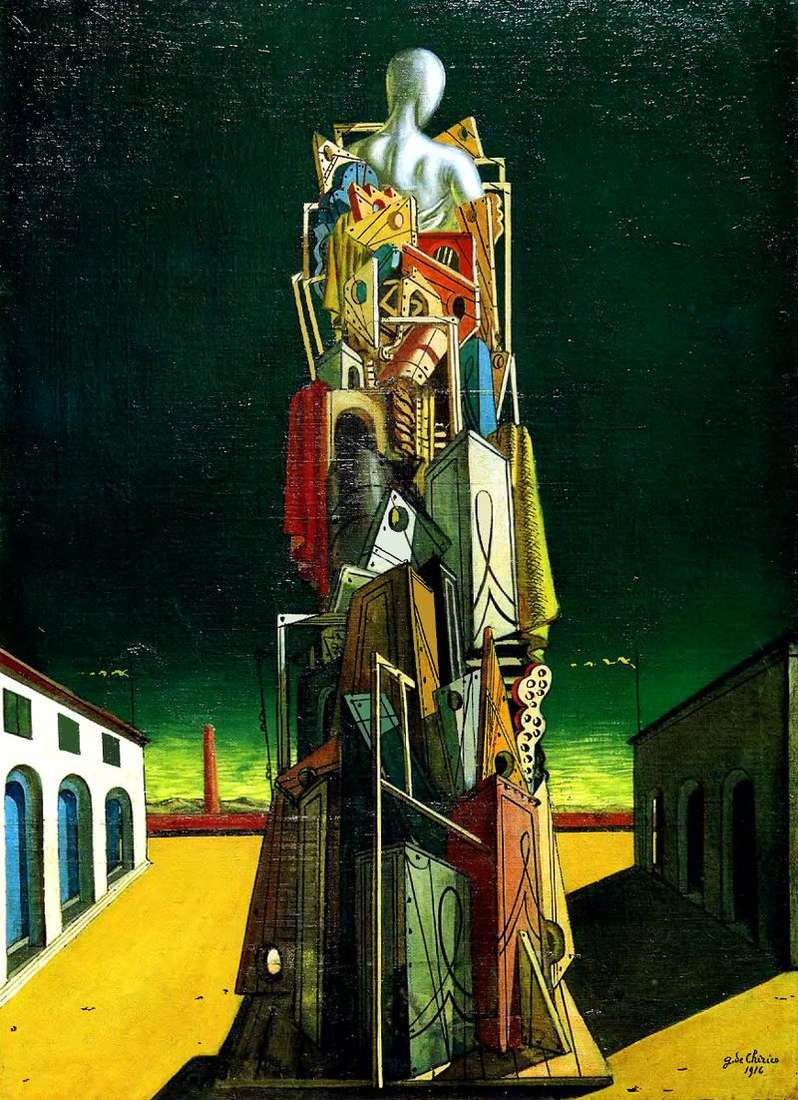
The war, long months spent with soldiers in the hospital at the Billa del Seminario near Ferrara, all this could not but affect the work of de Chirico. The wounded
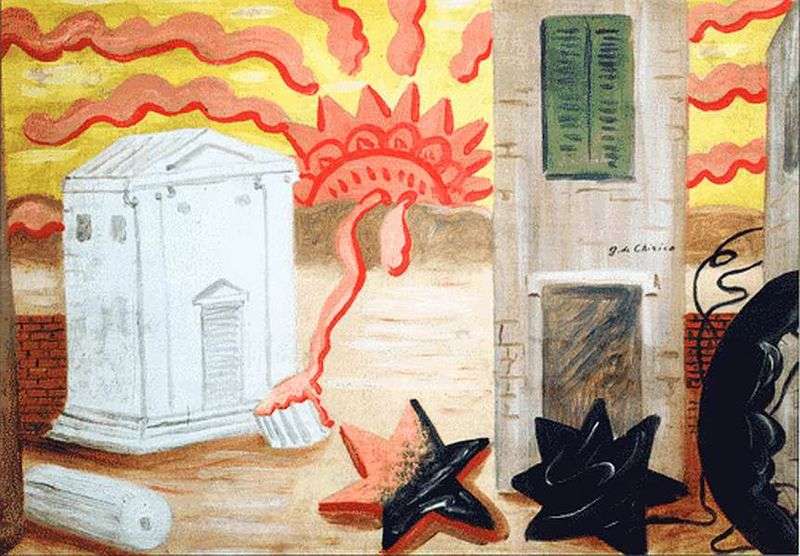
Giorgio de Chirico, an Italian artist and art theorist, rightfully considered one of the forerunners of surrealism in contemporary painting, in the second half of his life moved away from

“Melancholy and the mystery of the street” is the most famous work not only de Chirico, but also the whole trend in art, called “metaphysical painting.” The picture was studied
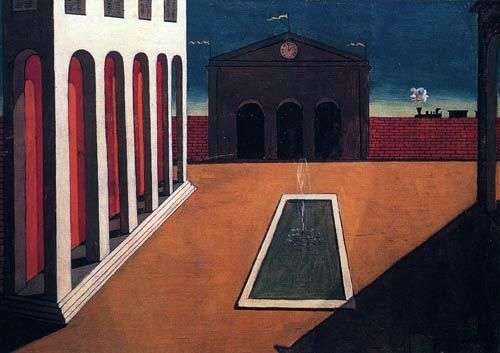
This is the typical “metaphysical” work of de Chirico, which is an attempt through a set of real images to reveal the “magical” meaning of being. The urban landscape here
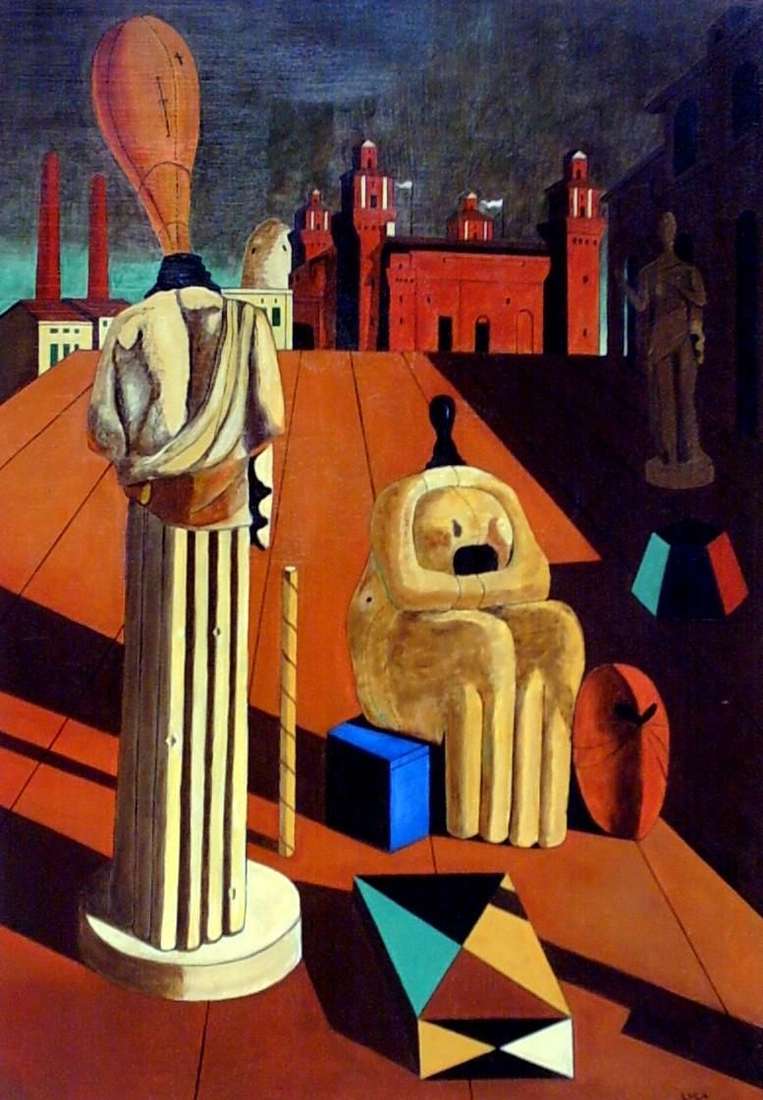
“Destruction of the Muses” is one of the most famous canvases by Giorgio de Chirico. It is also known under the names “Alarmed Maidens” and “Anxious Muse”. The first version
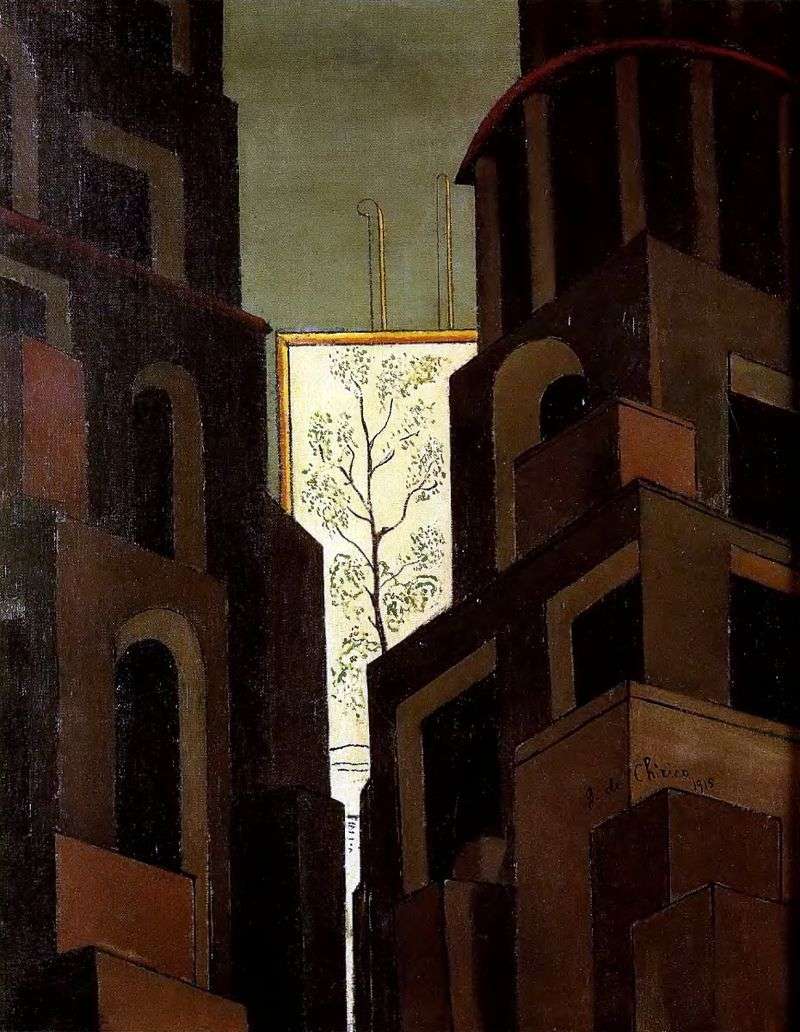
Working on “Purity of the imagination,” de Chirico retains the same ratio of light and shadow as in work “Tower.” But attention is attracted no longer by the towers –
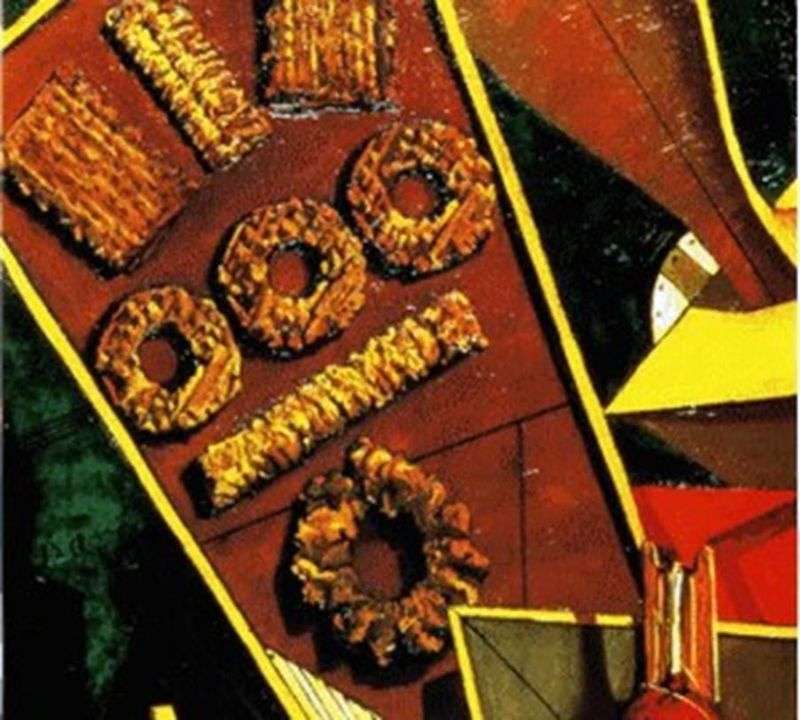
During the First World War, in 1917, de Chirico serves in a hospital in Villa del Seminario near Ferrara. There he also gets acquainted with artists, like him, drafted into
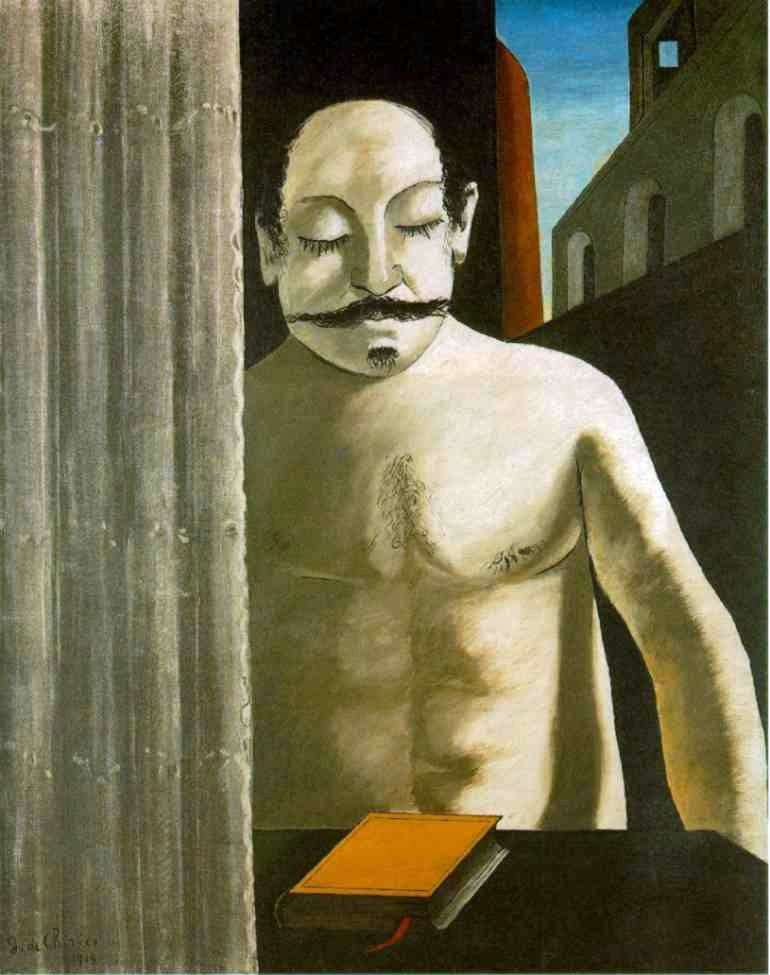
This unusual painting de Chirico echoes with his other “metaphysical” canvases. Her character has almost no eyebrows, forcing to recall the bust of “Portrait of Guillaume Apollinaire.” Closed eyes of
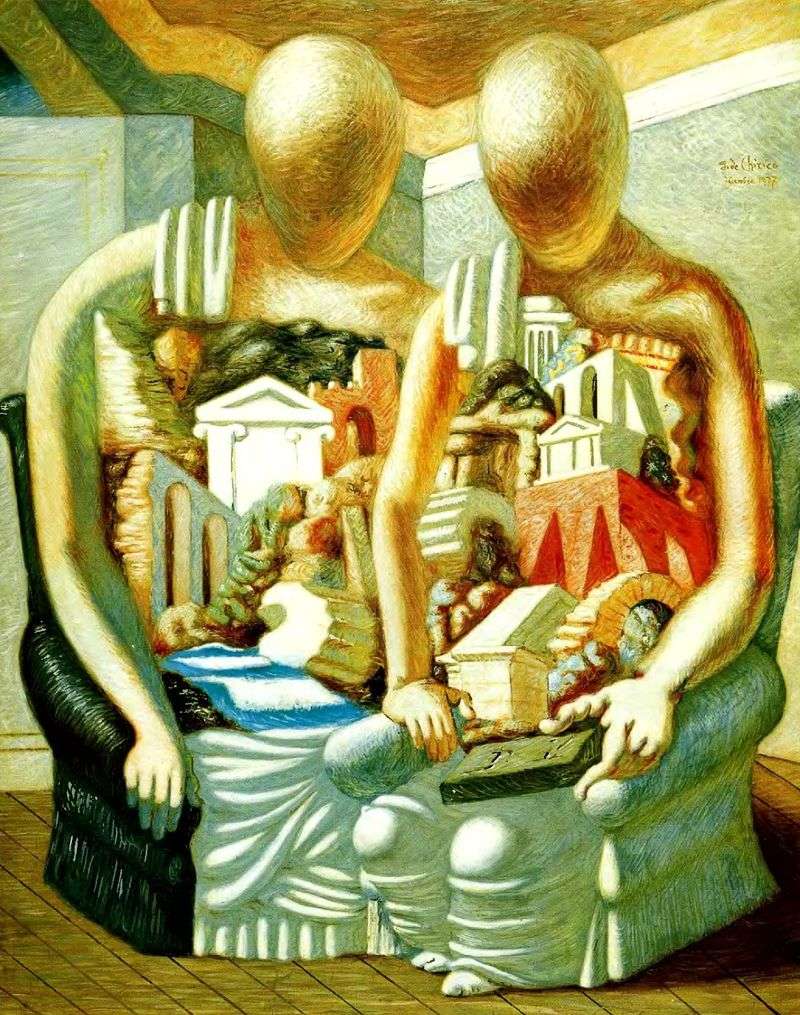
In 1927-1928 de Chirico repeatedly turned to the theme of archeology. Coinciding in time with the “gladiator” cycle, the cycle “archaeological” also appeals to theatricality and spectacular reflection of reality.
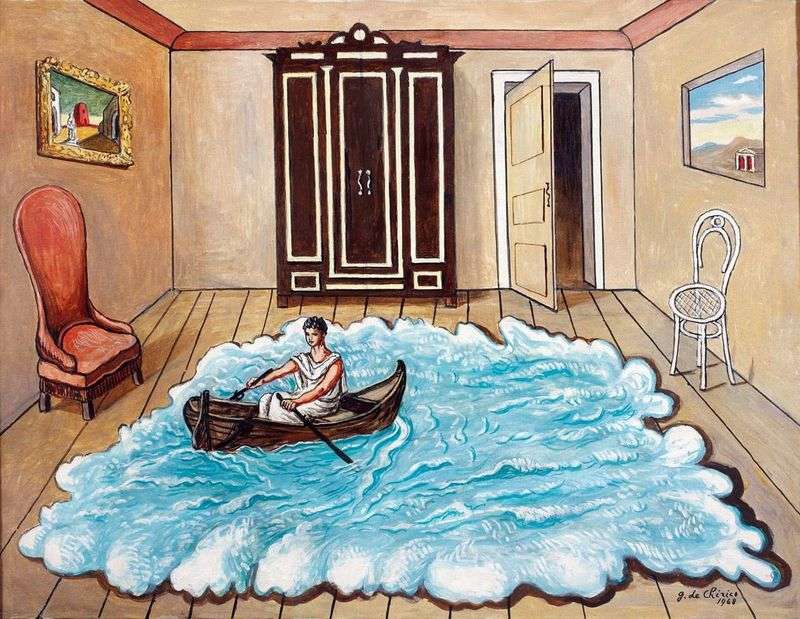
The fact that the surrealists declared de Chirico to be their forerunner is quite logical. His “dream” paintings are very close to surrealism. At the same time the works of
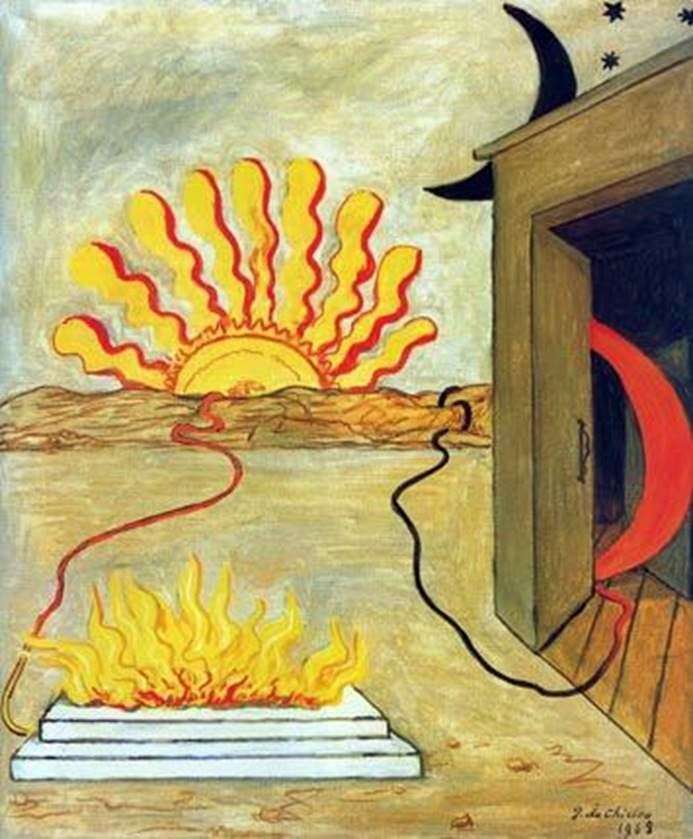
In the last years of his life, de Chirico never tired of experimenting in stylistics. In particular, a number of his later paintings have a certain comic. It is obvious,